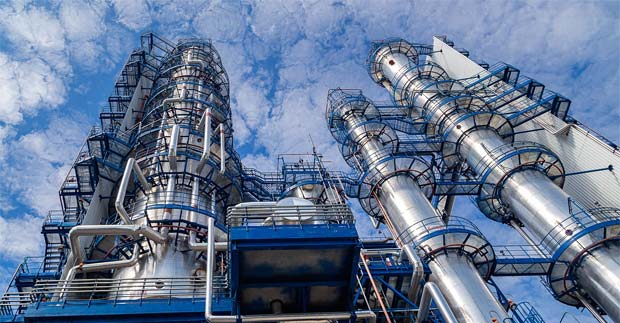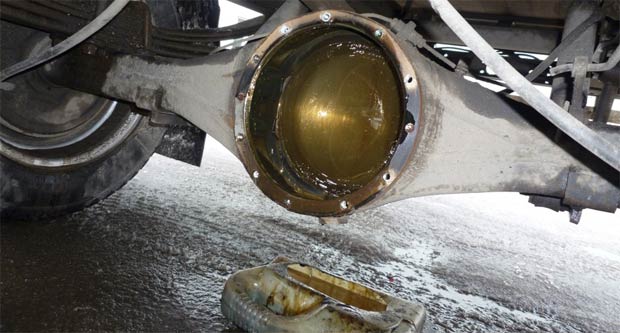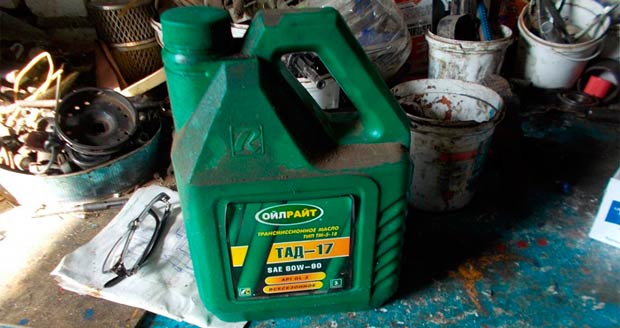
Nigrol or tad 17. Which is better?
Scatter in terms
It’s worth starting with the fact that in our time two concepts coexist: “Nigrol” and nigrol. The quotes are essential. In the first case, we are talking about the trademark of gear oil, which is produced by some companies (in Russia, for example, it is FOXY, Lukoil and a number of others). In the second - about the general designation of lubricants obtained from certain types of oil, and containing without fail a certain percentage of resinous substances, which is why they got their name (from the Latin word "niger").
For classical nigrol, oil from Baku fields served as the initial raw material, while for the production of modern lubricants of this brand, the raw material source is of no fundamental importance. Consequently, the trademark and composition of any material are different concepts, therefore Nigrol and Nigrol have in common the area of rational use (gear oils) and the chemical base - naphthenic oils - from which the product is made. And that's it!


Compare the characteristics
Since the classic nigrol is not used in modern motor vehicles (even the state standard according to which this lubricant was produced has long been abolished), it makes sense to compare the operating parameters only for oils produced under the Nigrol trademark, comparing them with the closest analogue, the universal grease Tad- 17.
Why exactly with Tad -17? Because the viscosities of these substances are practically the same, and the main difference lies in the range and quantity of additives. Recall that in the Soviet nigrol there were practically none: according to GOST 542-50, nigrol was divided into “summer” and “winter”. The difference in viscosity was ensured solely by the technology of oil distillation: in the "winter" nigrol there was a certain amount of tar, which was mixed with a low-viscosity distillate.


The difference in the main characteristics is obvious from the table:
| Parameter | Nigrol according to GOST 542-50 | Tad-17 in accordance with GOST 23652-79 |
| Density, kg / m3 | Not specified | 905 ... 910 |
| Viscosity | 2,7… 4,5 * | Not more than 17,5 |
| pour point, 0С | -5 ....-20 | Not lower than -20 |
| Flash point 0С | 170 ... 180 | Not less than 200 |
| The presence of additives | No | There is |
* specified in 0E is degrees Engler. To convert to h - units of kinematic viscosity, mm2/s - you should use the formula: 0E = 0,135h. The viscosity range indicated in the table corresponds approximately to 17…31 mm2/from


So after all - nigrol or Tad-17: which is better?
When choosing a brand of gear oil, you should pay attention not to its name, but to performance characteristics. Firstly, they must comply with the requirements of the standard, and, secondly, they must not have a large spread over the range. For example, if a little-known manufacturer indicates that the density of gear oil is in the range of 890…910 kg/m3 (which formally does not go beyond the permissible limits), then one can doubt the stability of the indicators: it is likely that such a “nigrol” was obtained by mechanical mixing of several components unknown to the consumer. The same caveat applies to the rest of the parameters.
The most reliable producers of modern "nigrol" are considered to be the trademarks FOXY, Agrinol, Oilright.
And finally: be careful with products that, judging by the label, are produced not according to GOST 23652-79, but according to industry or, even worse, factory specifications!


Watch this video on YouTube
